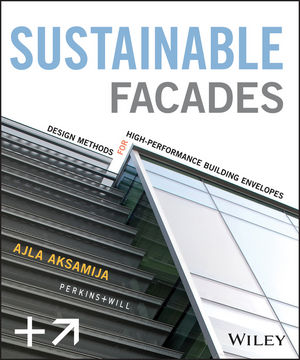PS 122 Prepares for Next, Sustainable Chapter
Although longtime New Yorkers will bemoan the transformation of once-scrappy neighborhoods like Williamsburg or the East Village, gentrification does have its holdouts. PS 122, a former public school building located on the corner of First Avenue and 11th Street, is one such fortress of bohemian activity. As if ripped from the book of Jonathan Larson’s Rent, a group of artist squatters took over the Beaux Arts–inspired, five-story structure in 1978 after local officials, cowing to the city’s perilous financial crisis, closed the primary school.

Those squatters have not budged. In fact, today the arts groups—which include Painting Space 122, Performance Space 122, and theater company Mabou Mines—are institutions in their own right. (The AIDS Service Center NYC also operates there.) And they have forged a comfortable working relationship with New York City government.
Now, the collaboration between the city and PS 122’s tenants is breathing new life into the building itself. Currently it is wrapped in scaffolding as part of a phase-one undertaking to secure the envelope. And beginning in fall 2010, the New York City Department of Design + Construction (DDC) is scheduled to start a $13 million renovation of the interior so it fully complies with ADA and fire codes, as well as LEED-Silver standards. The DDC has tapped New York–based firm Deborah Berke & Partners Architects to design the project as part of its Design and Construction Excellence program.
Although PS 122’s tenants have matured over the years, their facility is a kind of flashback to salad days. The building is a jerry-rigged maze, the exploration of which uncovers 18 painting studios, 70- and 130-seat theaters, and administrative offices. A daycare center was spread non-contiguously over two floors, but moved out in 2008 due to the building’s condition. Now, heads of the resident arts groups plan to annex the former daycare, as well as its courtyard playground.
Deborah Berke & Partners, which has worked on similar projects for Brown and Yale universities, started the programming phase of reconstruction last August. Rhoda Kennedy, a designer at the firm, describes that process as “finding out [tenants’] current program needs and how they envision continuing to operate, without specifically focusing on physical limitations.” During schematic design, “We will try to synthesize the program with what we can really do with the building.” That phase began in mid-January.
Although the Herculean task of bringing PS 122 into code compliance may potentially subsume or diminish opportunities for architectural or brand expression, the sustainable features of the forthcoming renovation will not be compromised: Meeting or outperforming LEED Silver is part of New York’s Local Law 86, according to Jeremy Lockard, senior design project manager at the DDC’s cultural unit structures division. To achieve that status, the project team may just look to the Arcola Theatre, located in London’s Hackney district, for inspiration.
Similarly scaled and labyrinthine, Arcola has occupied 10,000 square feet of a converted factory since 2000, and, as part of a scheme to become the world’s first carbon-neutral theater venue, it even has a hydrogen fuel cell plugged into the lobby’s power system. Indeed, just prior to the launch of schematic design in New York, Arcola executive director Ben Todd spoke to the PS 122 project team to share his experiences about retrofitting green—and perhaps to inspire the assembled clients, several of whom admitted a lack of familiarity with sustainability. Todd was there as part of the British Council's "Greening the Arts" initiative. “You use these technologies for the sake of the solutions, and in the process you end up nurturing the arts,” he told the group. “You end up using the arts to drive the sustainability agenda.”




